Supernatural Pyhä-Näsi Part II: Taneli Santala and Matti Mutila
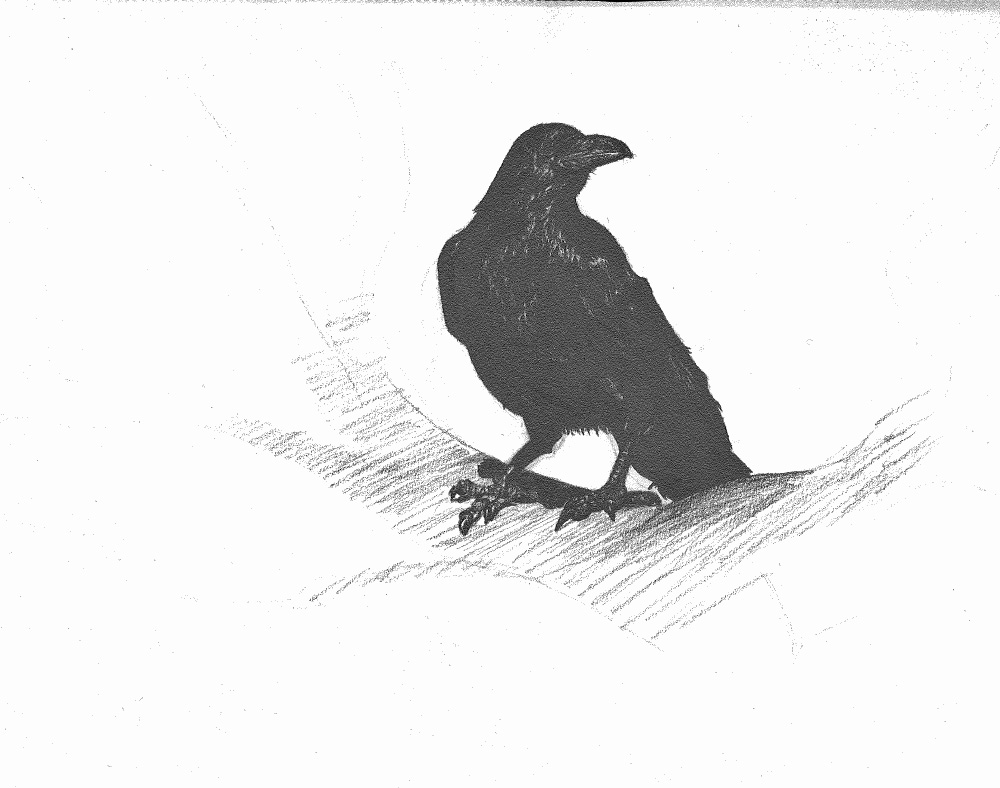
As already stated, the activity of the Hurstinen couple, who were the focus of the first part of “Supernatural Pyhä-Näsi”, was not a singular phenomenon, but a part of a long tradition of witchcraft in the Ruovesi region. In the second part of “Supernatural Pyhä-Näsi”, we take look at two other representatives of this continuum from the 1800s, Taneli Santala and Matti Mutila.
Supernatural Pyhä-Näsi Part I: Heikki and Hetastiina Hurstinen
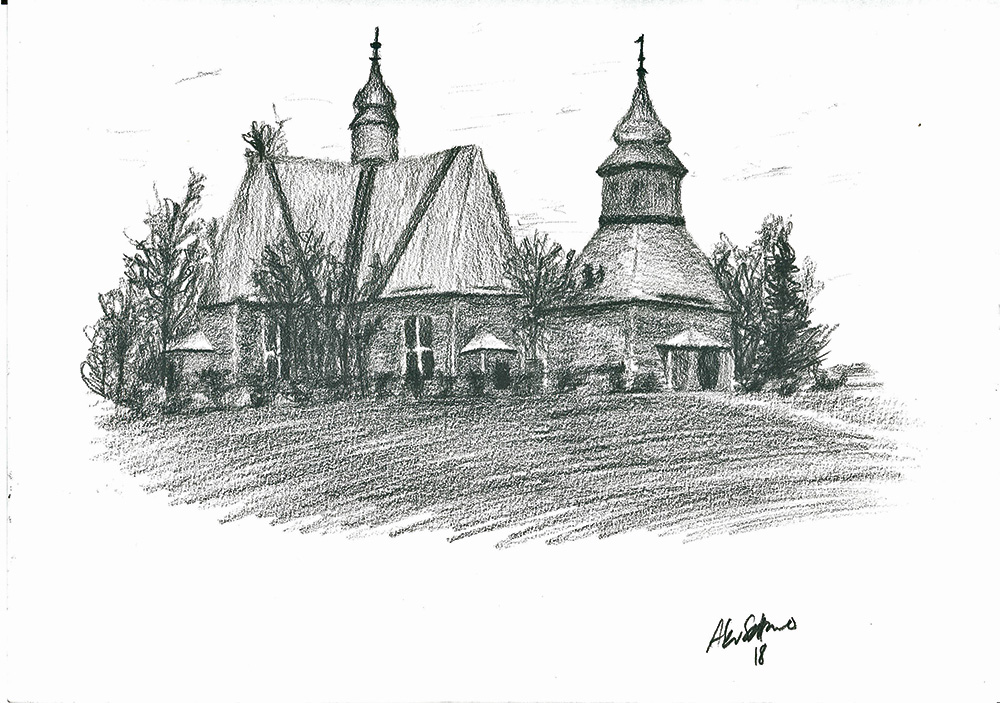
There is an abundance of stories of supernatural occurrences and people immersed in the occult – witches, sages, and healers – in the Pyhä-Näsi region. Especially such stories are linked to the area of Ruovesi and its neighbouring municipalities. In previous centuries, Ruovesi has been widely known for its witches, and this reputation has been exploited in later years – there is a Noitakäräjät (Witch court) -happening organized there every summer.
Asunta-atelier and Naapuri of Ruovesi
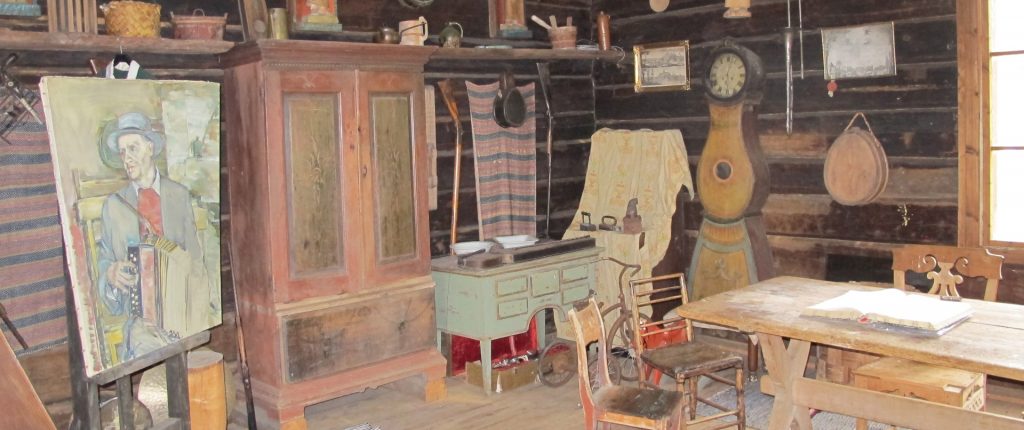
Right in the vicinity of the centre of Ruovesi lies an artist’s home thus far unknown to the larger public. The place in question is a house called Naapuri (neighbour), the home of writer-poet-artist Heikki Asunta (1904–1959) and his family, which is nowadays inhabited by the nephew of Heikki Asunta, Iivu – he, too, a legendary figure in his own field.
The sculptures of Emil Wikström in the Pyhä-Näsi area
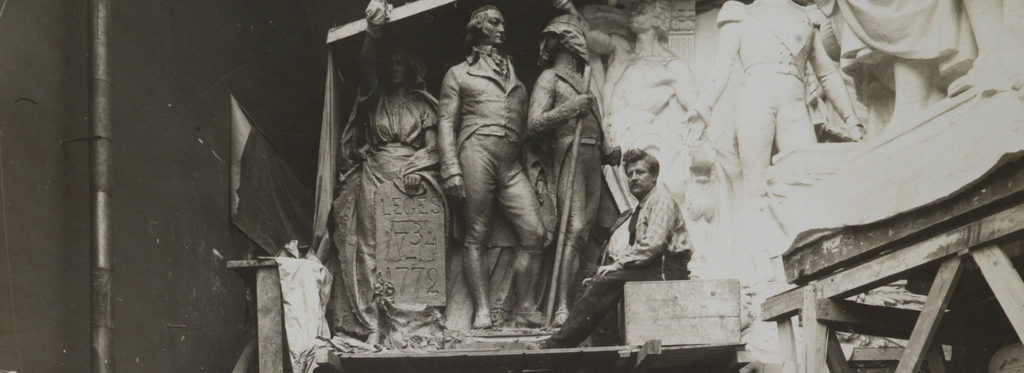
The region of Pyhä-Näsi played a significant role also in the life of perhaps the most notable Finnish sculptor of his time, Emil Wikström (1864–1942). Key locations of Wikström’s life can be found in several localities within Pyhä-Näsi, the most important being his home and studio Visavuori, which is situated in Sääksmäki village, a part of the city of Valkeakoski. Also, a numerous quantity of his public sculptures can be found in the area.
Ellen Thesleff’s Murole
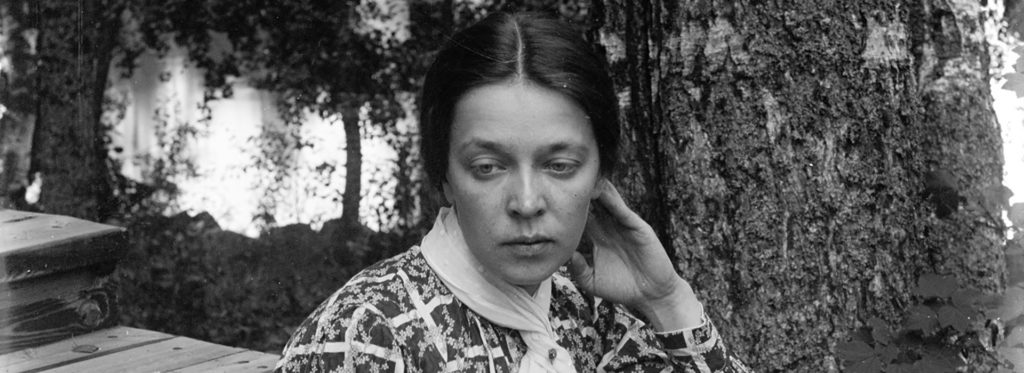
One of the most well known Finnish painters, Ellen Thesleff (1869–1954), spent a significant part of her life in the area of Pyhä-Näsi – in the village of Murole in Ruovesi, to be precise, where her family had a summer villa called Casa Bianca. In Murole, Thesleff painted the local milieu and people and also made murals for the near-by Pekkala manor. Casa Bianca is no more, but the beautiful scenery of Murolekoski that inspired Thesleff still remains, to be experienced by any culturally hungry traveller.
The Pyhä-Näsi of Akseli Gallen-Kallela
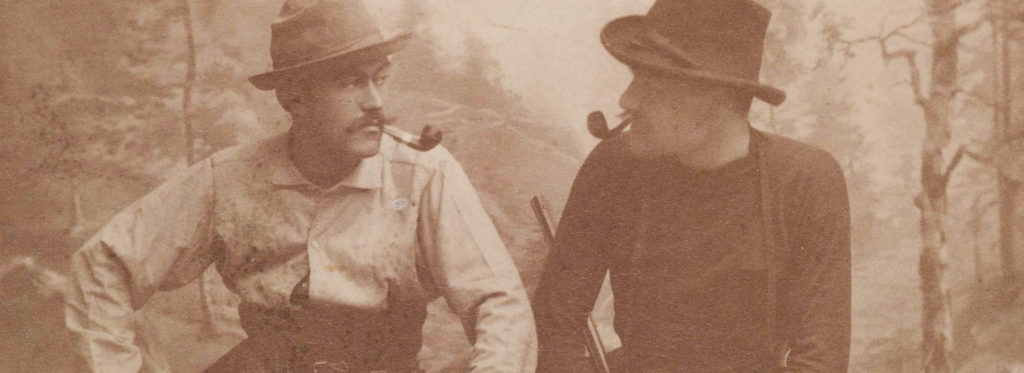
The life of Akseli Gallen-Kallela (1865–1931), at times dubbed even the national painter of Finland, is connected to the Pyhä-Näsi area in various ways. The best known of these connections is his wilderness atelier and home Kalela, which was built in Ruovesi in the middle of the 1890s, but traces of the artist can be found in Visuvesi, Mänttä-Vilppula, Keuruu, Tampere, and Sääksmäki, too.





























